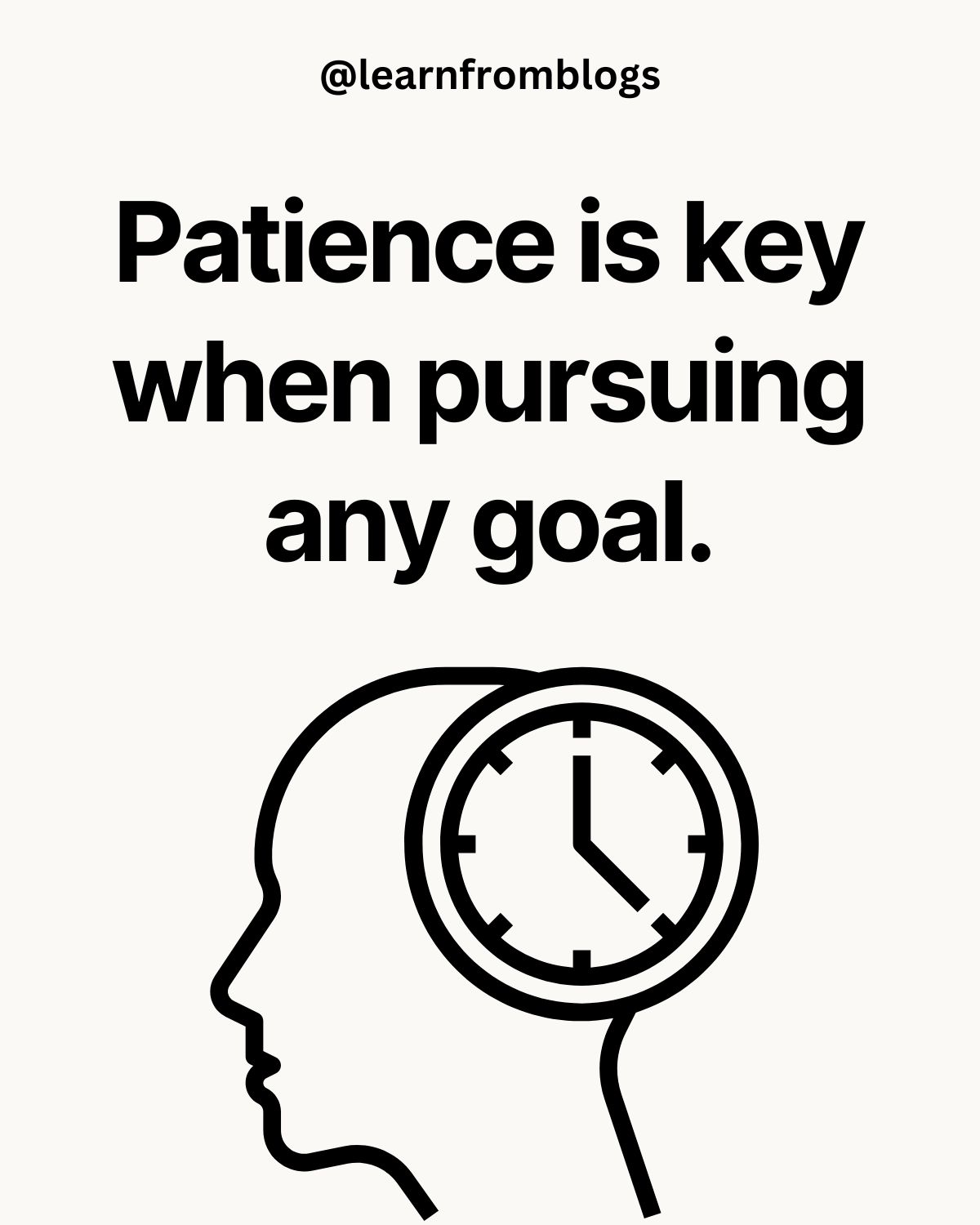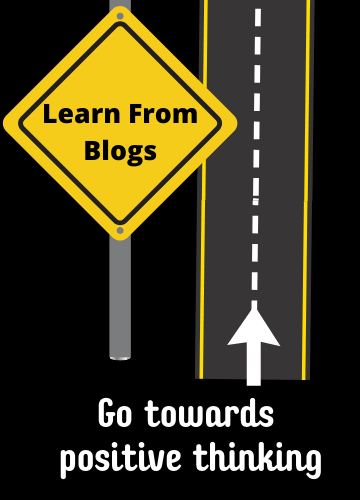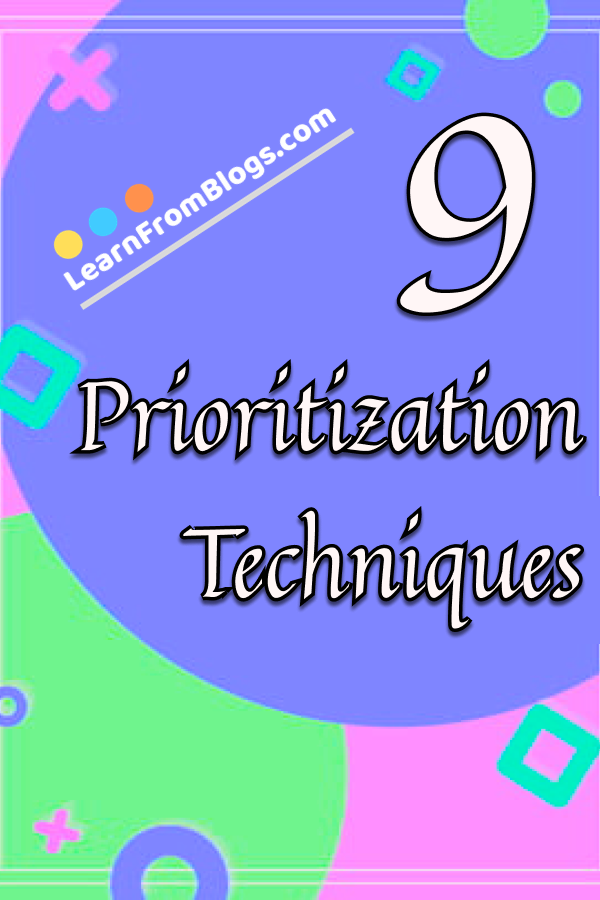
Once you understand how and why the priority matrix works, you’ll be able to effectively put it into action. With any new strategy or tool, it’s important to know exactly how to use it to maximize its effectiveness and impact.
To get started using a priority matrix, follow these key steps:
-
Make a list: Log all of your current projects, goals, and priorities—whether they are daily tasks, ongoing projects, or larger strategic initiatives.
-
Rank each item: On a scale of 1-10, rank each task by its impact on the business. Use the same scale to measure each item on your list by level of effort required.
Map it out: With this weighting in place, you’ll be able to strategically plot your activities into appropriate quadrants on the matrix and prioritize, delegate, or deprioritize accordingly.
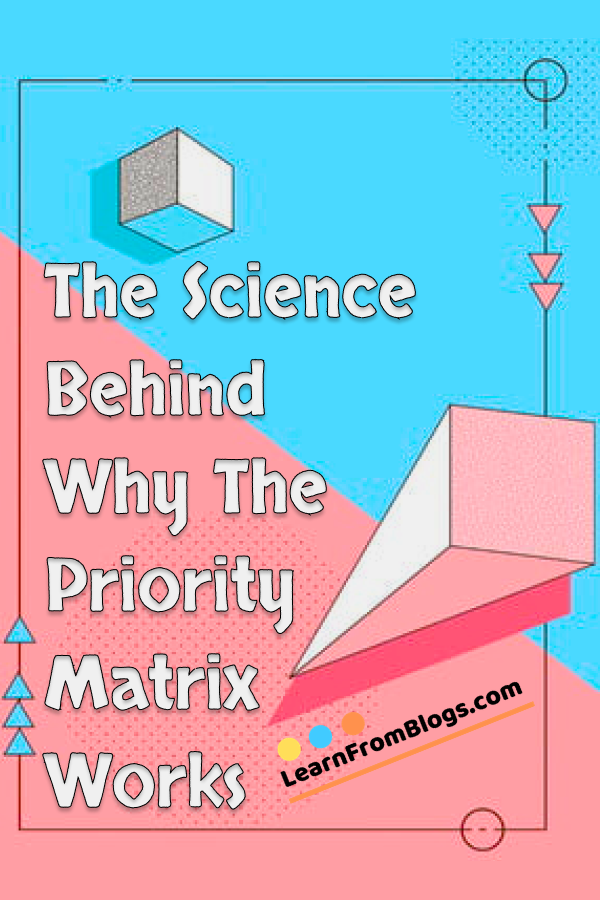
Research suggests that multitasking is a myth, and what we call multitasking is rather our brains oscillating from one thing to another very quickly. The switching back and forth uses extra energy that experts say should be dedicated to the most important tasks in your work and life. Further, the less important you consider a task to be, the less focus your brain attributes to it, making distraction easy and accidental.
Think about a scenario that you consider to be low effort and low impact, like doing five extra cold calls for a low-selling product or service offering, versus pitching a project that you’ve been working on for a year to your company’s CEO. Which task is more likely to be accompanied by distractions?
It’s important to monitor the work you do, the type of focus you attribute to it, how often and for how long you become distracted, and also how important the task is. Having a well-defined priority map will capitalize on your brain’s natural cognitive processes and add a turbo boost to your brainpower by giving you a more efficient ROI on your limited attention.

No matter how engaged, invested, and detail-oriented you may be, it’s impossible to execute every task with the same level of attention—it’s also not necessary.
Setting a priority list or mapping out a priority chart takes advantage of your brain’s hardwiring ability to focus on the most important tasks at hand. Psychologists call this selective attention—the brain’s natural tendency of filtering out unnecessary information, as it is constantly taking in and working through information.
Cognitive scientists categorize selective attention into two forms: bottom-up and top-down. The bottom-up focus is reactionary: It happens when something disrupts your thought process and steals your focus. A barking dog, a loud bang, a frantic thought, a phone notification—instances, when you can’t help but pay attention, are labeled as bottom-up.
The selective attention that leads to top-rate execution, however, is labeled as top-down: When you’re able to see the broader picture and choose one task to focus on at a time, it’s considered top-down or “voluntary” focus. This type of focus is goal-oriented and creates brain functioning that is based on prior experience current conditions.

Warren Buffett's Two Lists technique is another really simple approach to prioritization.
First, you write down a list of 25 things you want to accomplish. When the list is complete, circle the five most important items on that list.
When you're finished, compile the results into two lists:
- The first—containing the five tasks you circled—becomes your to-do list.
- The second—containing the 20 tasks you didn't a circle—becomes yours don't-do list.
You shouldn't spend any time on tasks in the don't-do list until you've completed everything on your to-do list.
"The road to success and the road to failure are almost exactly the same." -- Colin R. Davis
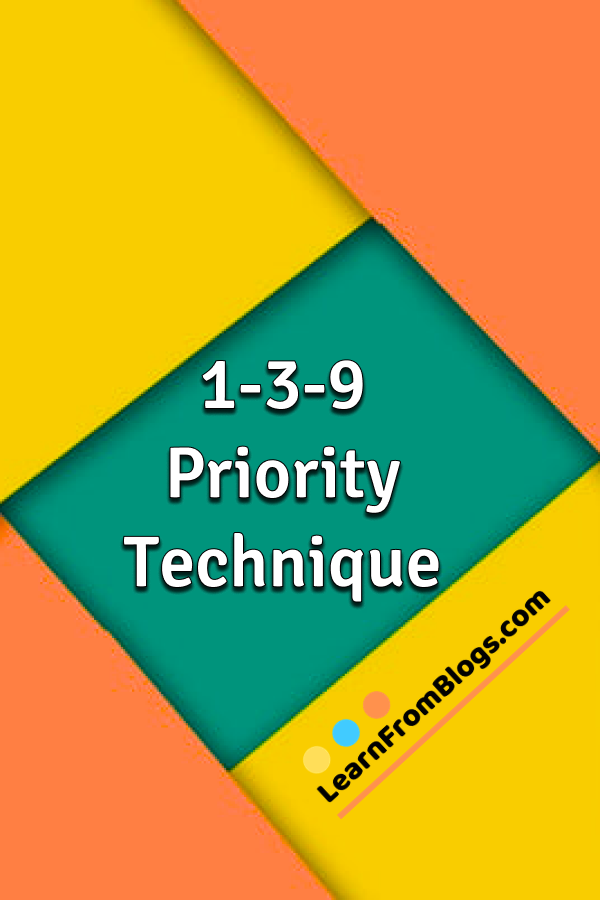
Learn about the 1-3-9 priority technique for effective time management. Organize your tasks and priorities to maximize productivity and efficiency.
The 1-3-9 priority technique feels a little like a blend of MoSCoW and MIT/Ivy Lee. It encourages you to focus on important tasks, but it also gives you a method for prioritizing the less important tasks you'll inevitably need to work on.
Every day, you plan to complete 13 tasks:
- one very important task (an M task from MoSCoW or A task from ABCDE)
- three somewhat important tasks (S from MoSCoW or B from ABCDE)
- nine low-importance tasks (C from MoSCoW or ABCDE)Order your lists of 3 and 9 tasks in terms of priority, then work on and complete your 1 task first, followed by your 3 tasks in order, and finally your 9tasks in order.
In an ideal world, we'd all be able to work only on our highest-priority, most important, goal-meeting tasks, but work rarely works that way. The 1-3-9 method addresses that reality by giving you a way to make sure you're at least working on the most important of your less important tasks.

The Ivy Lee Method is simple (and similar to the MIT method):
- At the end of every workday, choose the six most important tasks on your list to work on tomorrow.
- Then, order those six tasks in terms of priority.
- When you get to work the next day, work on task number one until it's complete.
- Then work on task number two until it's complete, number three, etc.
Continue until all six tasks are complete, and repeat the process every single day.
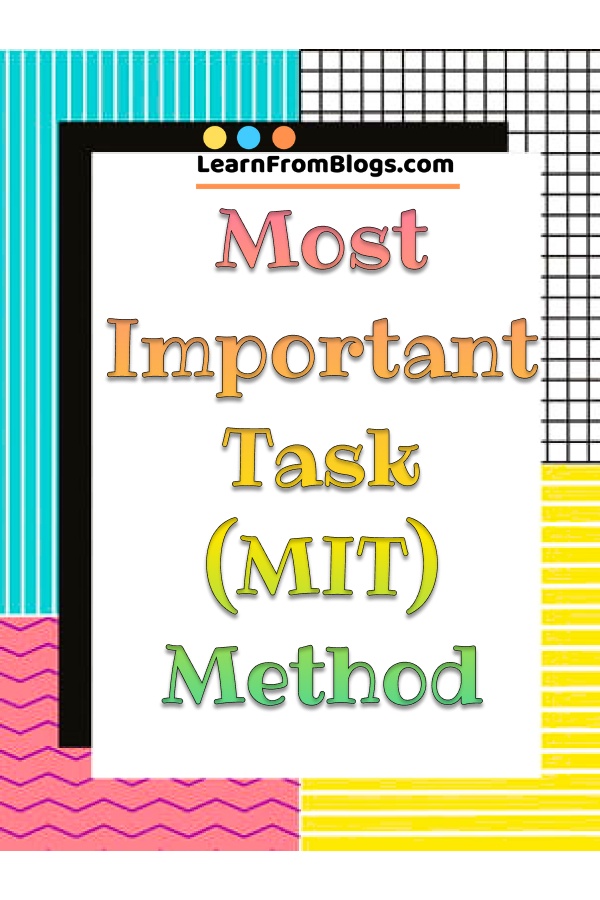
Most Important Task (MIT) is an exceptionally simple prioritization method from Zen to Done's Leo Babauta. Instead of trying to prioritize your entire to-do list, start every morning by picking 1-3 MITs—things that you must do that day.
At least one of your MITs each day should be related to your goals to ensure you're doing something daily to help you reach your goals. And while you'll most likely complete more in a day than only your MITs, selecting your MITs in the morning and setting a deadline ensures you're dedicating time every day to working on important, high-priority tasks.

A good question to ask for any prioritization exercise, particularly if you're suffering from the "everything is urgent, everything is #1" problem.
Bubble sort is a good method for answering this question. It's a process for comparing the importance of every task on your list to the importance of every other task on your list.
You start by laying every task out on a horizontal grid:
Next, you take the first two tasks and evaluate them against each other by asking, "Which task is more important?"
Whichever task is most important gets moved to the left. So in this example, if Task 2 is more important than Task 1, the two tasks switch places.
Next, you compare the next two tasks. Which is more important? The more important task stays on/gets moved to the left.
You continue this process until you get to the end of the list. After that, it helps to start from the beginning and ask those questions again for each set of tasks. Continue the exercise until every task that's more important is to the left of a less important task.
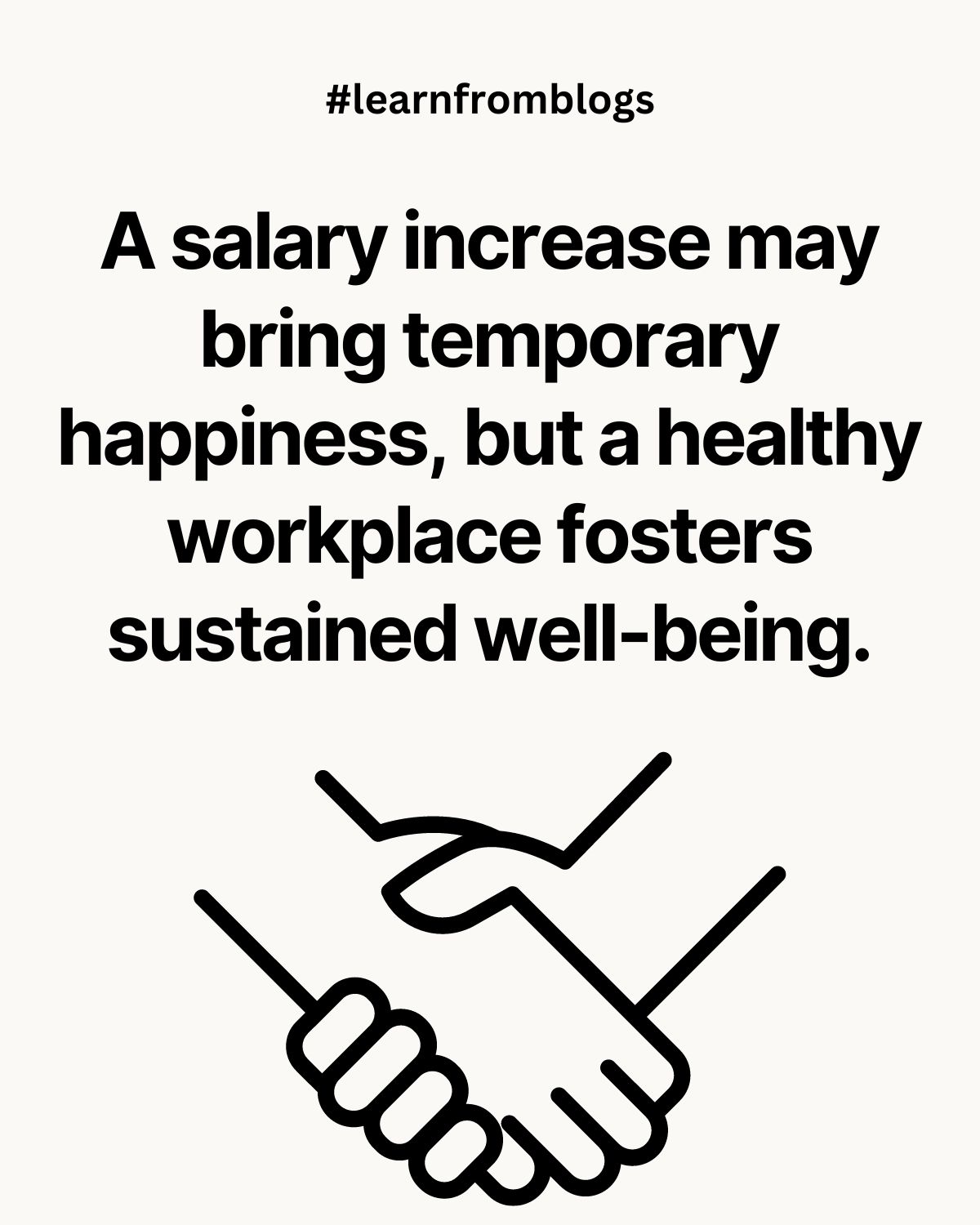

Scrum prioritization (also referred to as Agile prioritization) is a method of prioritization that relies on ordering. If you have 20 to-dos on your list, you assign each an order, numbered 1-20, based on both priority and sequence.
Scrum prioritization works really well when you have to take sequence into account.
For example, say your highest priority task is to re-tile your bathroom floor. However, you know that you also need to have plumbers run new pipes in your bathroom, and they'll have to cut into the floor to do so. Getting new pipes run may be a lower priority, but since it will impact your highest-priority task of re-tiling the floor, it needs to be completed first.
In Scrum prioritization, you evaluate each task on your list using three criteria:
- How important is this task?
- How important is it compared to the other tasks on this list?
- Is any other task dependent on this task?
Then, using the answers to those questions, you assign each a number 1-n(where n is the total number of tasks on your list). You can't have two tasks that are #1. You have to make one #1 and one #2. Every task gets a unique number.

Brian Tracy's ABCDE method from his book Eat That Frog.
Similar to MoSCoW, the ABCDE method starts with putting each task on your list into a category:
- A tasks are things you must do (same as MoSCoW's M tasks).
- B tasks are things you should do (same as MoSCoW's S tasks).
- C tasks are nice-to-dos (same as MoSCoW's C tasks).
- D tasks are tasks you should delegate to someone else (or automate).
- E tasks are tasks you should eliminate (same as MoSCoW's W tasks).
The process for ABCDE is the same as it is for MoSCoW: Go through every task on your list, assign it a letter based on its priority, then sort your tasks by letter. Delegate D tasks and delete E tasks so you're left with A, B, and C tasks only, then work from the top down to make sure you're always focusing on your most important tasks.

The MoSCoW method (pronounced like Russia's capital city) is a simple prioritization technique where you assign every task on your to-do list to one of four categories:
- M – Must Do: M tasks are things you absolutely have to do.
- S – Should Do: S tasks are things you should do, but they're a lower priority than M tasks.
- C – Could Do: C tasks are nice-to-dos. You'd like to do them, but if you don't it's probably not a big deal.
- W – Won't Do: W tasks are things that just aren't worth doing.
To use this technique, go through your to-do list and assign each task to a MoSCoW category. Then, sort the list by category. Your M tasks should be at the top. Those are followed by S tasks, which are followed by C tasks. W tasks should be deleted.
If you're always working on your list from the top-down, you can ensure that you're always working on your highest-priority tasks.

A popular example is the Eisenhower Matrix, which uses importance as its y-axis value and urgency as its x-axis value. You evaluate each task based on its urgency and importance and then place each task in the correct quadrant based on your evaluation.
Important and urgent tasks are your top priorities.
Important but not urgent tasks are lower priorities—things you should schedule for later.
Urgent but not important tasks are good candidates for delegation.
Not urgent or important tasks are things you probably just shouldn't do.


The priority matrix technique consists of laying all of your tasks out on a four-box matrix. The x-axis represents one value, and the y-axis represents another. Each quadrant, then, represents priority based on the defined values.
Focus on Your Most Important Work with These 9 Prioritization Techniques
Finding the right prioritization technique is personal: The method you choose has to make sense and feel right. Luckily, there are plenty of prioritization techniques to consider in your quest to find a method that works for you.
Prioritization Matrix
MoSCoW
ABCDE
Scrum Prioritization
Bubble Sort
Most Important Task
Ivy Lee Method
1-3-9
Two Lists
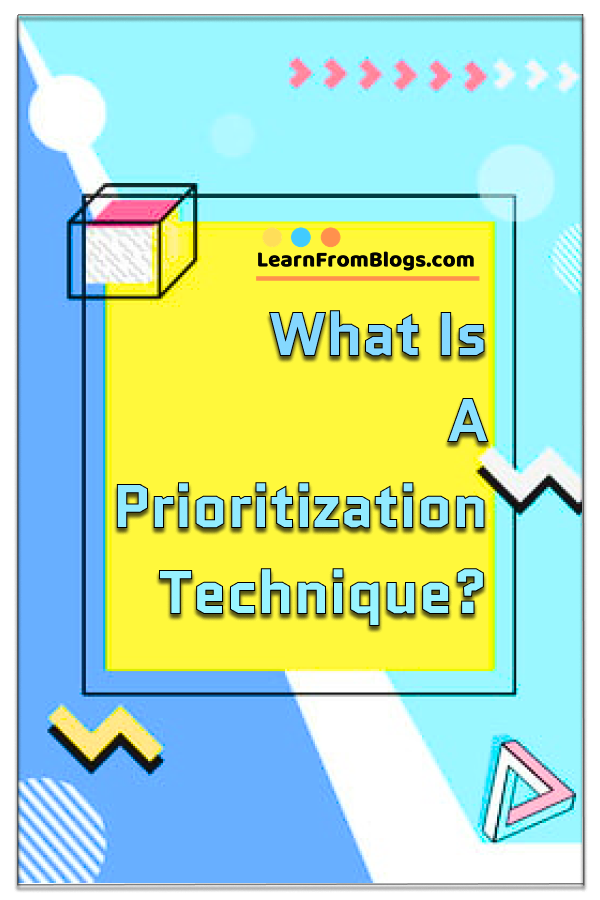
You have 300 tasks on your to-do list. Which one is the most important?
A prioritization technique helps you answer that question by providing you with a formal method for evaluating the necessity of completing each task on your list. The process of prioritizing lets you make informed decisions about what you need to do, what you don't need to do, and when you need to focus on certain tasks.
Prioritization techniques address two key issues:
1.) Should you really go to that meeting/answer that email? If you let other people create your to-do list for you via meeting requests and incoming emails, you'll never get your important work done. It's easier to feel justified in declining a meeting invite or delaying an answer to an email when you know exactly what you need to be focused on and why.
2.) Everything is critical! If you feel like you spend your day fighting fires because everything everyone asks you to do is "urgent," a prioritized list can help you regain control of your time and push back against unreasonable last-minute panic assignments.

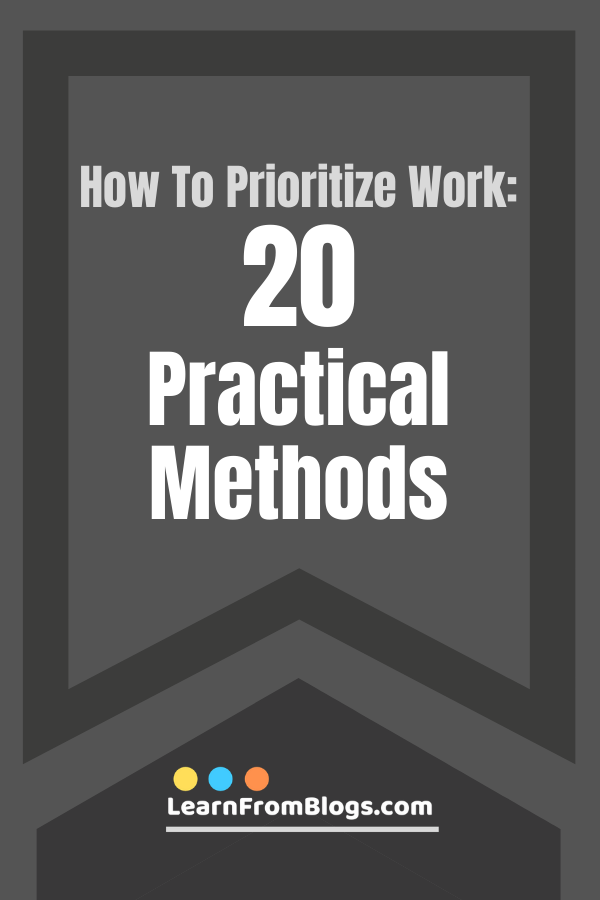
Every day when you wake up, work greets you. There is no greater pleasure than waking up at dawn and thanking God for all the things you could do. Get motivated with faith and purpose in your work to help your progress. Everybody wants to be successful. As people say that to become successful you should know the things which you have to give priority to.
Let's talk about how to prioritize our work to get the right things done.
1. Listing Down Tasks on a Master to-do List
2. Prioritizing Your Work
3. Ranking Your Priorities
4. Breaking Large Tasks into Smaller Pieces
5. Estimating Time and Effort/Being Realistic on What You Can do in a Day
6. Managing Deadlines
7. Dealing with Interruptions
8. Asking for Help at Work
9. Preparing Agendas for Meetings
10. Giving Status Updates/Reporting Progress
11. How to Support Your Boss’s Priorities
12. Managing Long-Term Priorities
13. Learning About Other People’s Prioritization Tips
14. Handling Repetitive Processes and Projects
15. Managing Perfectionism and Procrastination
16. What to do When You Are Prioritizing for Others
17. Dealing with Changing Deadlines and Priorities
18. Why Deadlines Get Missed
19. Benefits of Meeting Deadlines
20. What to do When You Miss a Deadline
